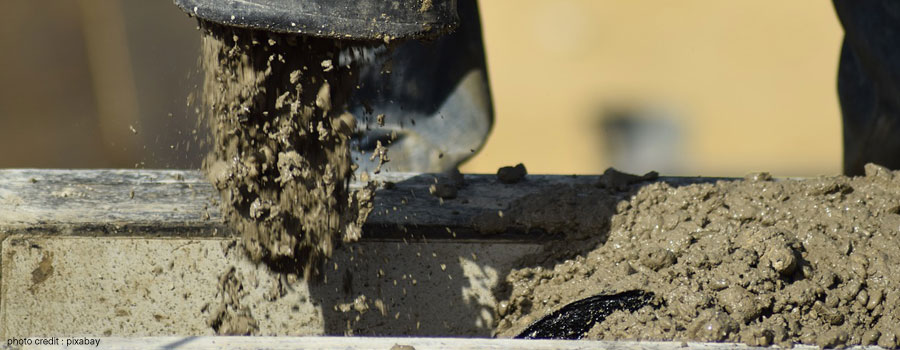Blog Post

Construction is never complete without concrete. Screed is a new term that is widely used as a building material. It is usually needed as a finishing layer on internal floors or before the level of final floor coverings of carpet, tiles, natural stone, linoleum, wood flooring or resin coatings. The screed supplier offers screeds of various compositions and consistency.
What is Screed?
Concrete is a mixture of cement, water, aggregates or admixtures. Concrete is for structural foundations purposes, while screed is a thinner mixture of cement and aggregates without any water. It is placed on top of a concrete subfloor. Screeding fills the significant gaps and creates smooth, hard-wearing subfloors. The screed layer is generally used as a decorative finish project where scuffs and marks are expected. It can be used as a stylish flooring choice. The screed supplier tells that it requires only 24 to 48 hours to dry. Modern screed floors require a little less time than 12 hours.
Types of Screed
There are four types depending on the base that it is being used for.
Bonded – It acts as a bonding agent and can be applied to the concrete base. It is used in projects where heavy loads are expected.
Unbonded –This Screed can be used as proofing material for leakage and dampness. The unbonded screed is at least 50mm thick. It minimises the risk of shrinkage.
Floating – It works as an underfloor heating insulator. The thickness of the floating screed is around 65mm and 75mm.
Pumpable, free-flowing – This is the widely used Screed. It can be used in large areas. Free-flowing screeds are easy to lay and provide beautiful, natural finished surfaces. It prevents shrinkage and requires less time to dry.
Where can Screed be used
It can be used in various sectors such as domestic and office projects, commercial or industrial projects, small or big retail outlets and schools.
How is Screed delivered to our site
The screed can be mixed according to the correct consistency and ratios of the materials in a vehicle and delivered to the construction site by the screed supplier. A screed pump can be used, but it is not as exact as a concrete pump. The screed pump has a dry mixture of the screed.
A line of difference: Concrete or Screed
Concrete and screed are both made of cement, aggregate and water. The primary difference lies in the size of aggregates used, the quality of the cement, the consistency of mixing and the overall finishing –all are different. Concrete is much coarser, which provides strength and durability, whereas Screed uses finer aggregates for a smoother finishing look.
Advantages of Screed
Screed is generally applied on top of the concrete slab, and it is used as a finishing layer on internal floors.
Screeds are used when an operational base is needed.
Screed is beneficial for industrial purposes and for commercial locations where there is lots of traffic.
It is widely used in DIY or household projects.
Most screeds are used for internal purposes such as hiding the heating systems and acoustic or thermal insulation.
Polymer-modified screeds are used in external locations. Screed is considered to be hardwearing and water-resistant. It can withstand harsh climatic conditions.
Contact Save Time Concrete as we are the finest screed supplier in the UK.